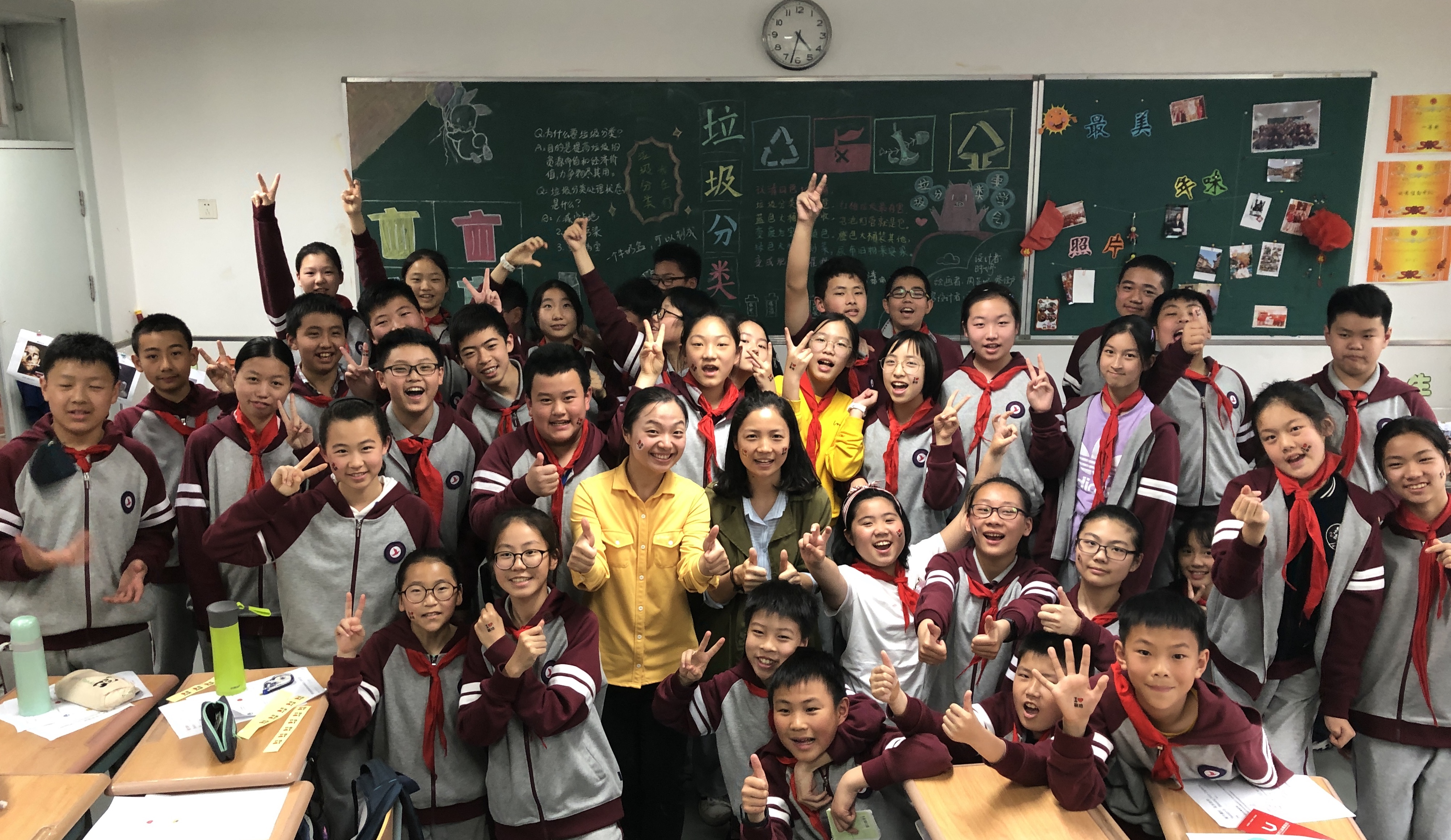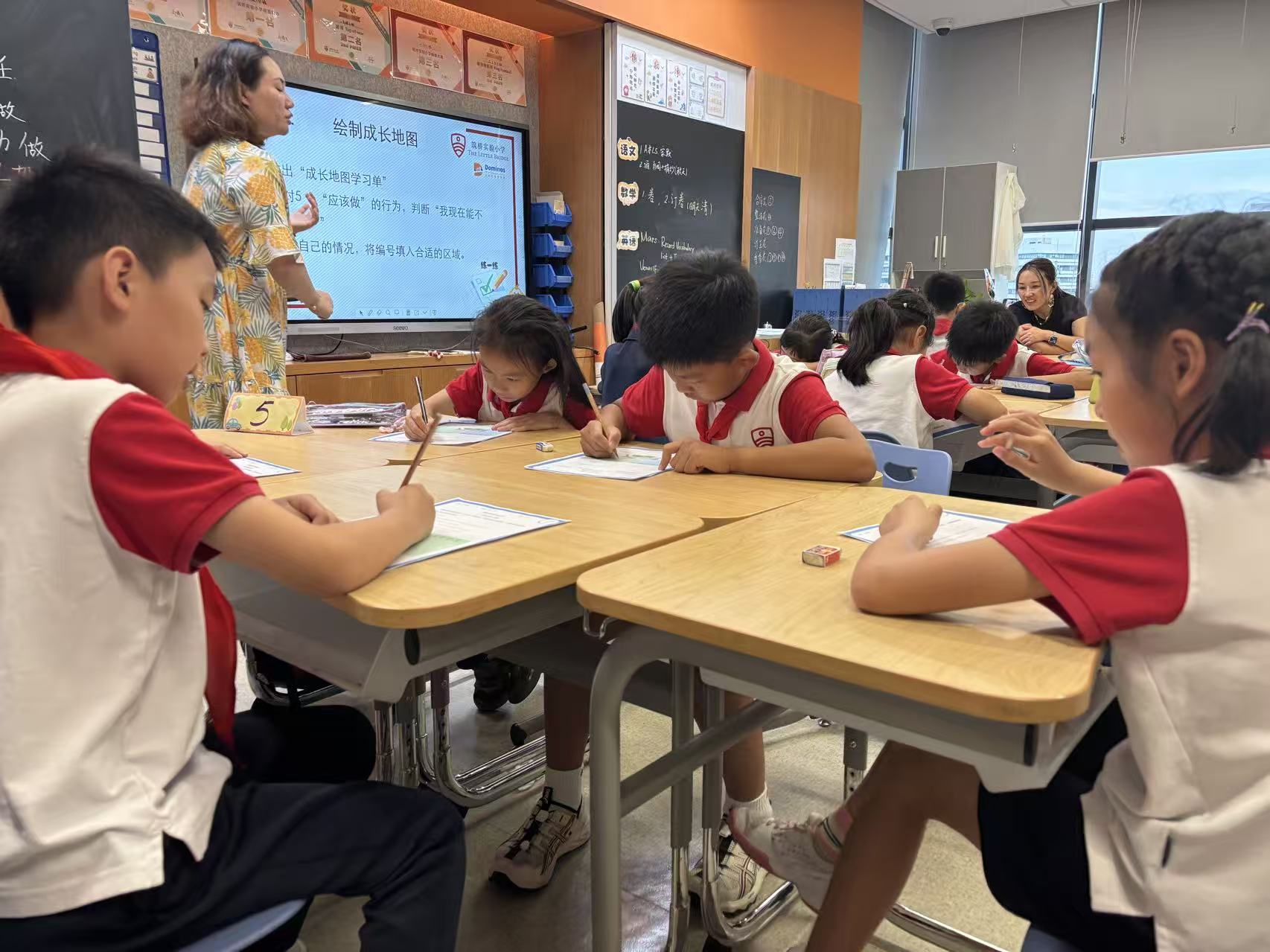I remember the feeling so clearly. It was 2019, and I was standing at the back of a classroom in a Shanghai public school, watching a group of sixth-graders excitedly debate the meaning of philanthropy. By all conventional metrics, our year-long Philanthropy 101 course was a success. But deep down, I knew we were heading towards a dead end.
This is the story of that dead end, and the long, winding path it forced us to take.
From our founding, we were crystal clear about one thing: we wanted to use philanthropy and charity as a vehicle to help young people grow. From the very beginning, we hoped to explore a path that could truly integrate philanthropy with education. This clarity of purpose would prove essential as we navigated the challenges ahead.
Part 1: The Beautiful Failure - Lessons in Systemic Reality
Our initial vision was to create a philanthropy curriculum that could be adopted by schools across China. Our first attempt, the “Legacy Storybook” project, involved designing an educational experience where students would interview elders in nursing homes. We hoped nonprofit organizations could provide the service opportunities, but quickly found they often lacked the capacity to support youth programs.
This led us to pivot toward the school system. The year-long course we designed for 6th graders in a Shanghai public middle school in 2018 was meant to be our scalable pilot. By all conventional metrics, it was a success. The students were engaged, the teachers were supportive, and the principal gave it glowing reviews.
The failure came when we tried to answer the most critical question: how do we scale? The plan was to train the school’s own teachers to take over. But we quickly hit a wall. The fundamental issue was not that the teachers were overburdened, but that none of them had any personal volunteering experience. We were asking them to guide students through a territory they had never explored themselves.
The beautiful, successful course we had built was entirely dependent on us. It was a wonderful project, but it wasn’t a sustainable model. We had learned our first painful lesson: in China’s philanthropy education “vacuum,” creating a model that relied on NGOs or the existing school infrastructure was like building a house on sand.

Part 2: The Breakthrough and the Sudden Void - A Forced Rebirth
So we pivoted again. If we couldn’t rely on schools or nonprofits, perhaps the answer was to empower students to become funders themselves.
With inspiration and support from American peers like the Michigan Community Foundations’ Youth Project (MCFYP) and the Youth Philanthropy Initiative of Indiana, we launched China’s first youth grantmaking program in the winter of 2019. The idea was simple but radical: a group of high school students would raise funds, research social issues, interview nonprofits, and decide for themselves which organizations to support.
The model was a breakthrough. The students felt an immense sense of power and responsibility. The small, grassroots nonprofits they funded received not just money, but vital encouragement. For a moment, it felt like we had found it—the “holy grail” for philanthropy education in China.

And then, in July of 2022, the project was shut down by the supervising authorities for reasons that were never made clear to us.
The news was a huge blow. We were confused and heartbroken. A program that created a win for everyone was stopped in its tracks. I remember struggling to accept the reality. This was China’s first generation of young people who were both able and willing to engage in philanthropy, and the door was being closed on them. This was a chance to help an entire generation reshape its relationship with civil society. Thinking of this, I knew we could not give up.
That moment of crisis became our moment of rebirth. It forced us to ask an even more fundamental question: Is it possible to create a model so resilient, so decentralized, that it depends on almost nothing but the passion of the students themselves?

Part 3: The Answer We Had to Earn - Finding Our Flywheel
The answer that emerged was a model built around Community Advocacy.
The idea was to decouple our work from any single institution. We would design high-quality, standardized toolkits around social issues like autism or dementia awareness. Students would learn the issue, co-create interactive games, and then take these toolkits into any public space they could find—a shopping mall, a park, a community library—to engage with strangers.

This model was our answer to all the previous failures. It didn’t rely on teachers to teach; we could train students directly. It didn’t rely on nonprofits to provide opportunities; students created their own. And it didn’t rely on a single, large-scale project that could be easily shut down; it was a thousand small, independent sparks.
We soon discovered this model created two powerful, self-reinforcing flywheels. A “Personal Growth Flywheel,” where a shy student’s successful attempt to engage a stranger builds the confidence to take on bigger challenges. And a “Social Value Flywheel,” where youth-led campaigns raise public awareness, which in turn brings more support to nonprofits.

For two years, we focused on refining this Community Awareness model, and it has become the core of our work. But the path, as always, is winding.
Part 4: The Path Unfolds - Our Next Evolution
In September 2025, we began our newest experiment, this time with the Shanghai Little Bridge School, one of the top innovative schools in Shanghai. In a way, we have come full circle, back to working inside a school. But this time, everything is different.

First of all, we are not there to teach. Instead, our role is to support the school’s own homeroom teachers, empowering them to lead their students through a year-long journey. This landmark project, centered around the ten-year-old coming-of-age milestone, integrates modules on responsibility, neuroscience, dementia awareness, and community advocacy.
It is a new synthesis of everything we have learned, combining the resilience of our advocacy model with a more sustainable vision for empowering schools from within. It is still an experiment, full of new questions and challenges. And that feels exactly right.
This has been our path, full of unexpected turns. I’m curious, for those of you working in education or social innovation, have you also experienced a “beautiful failure” that ultimately reshaped the core of your work?